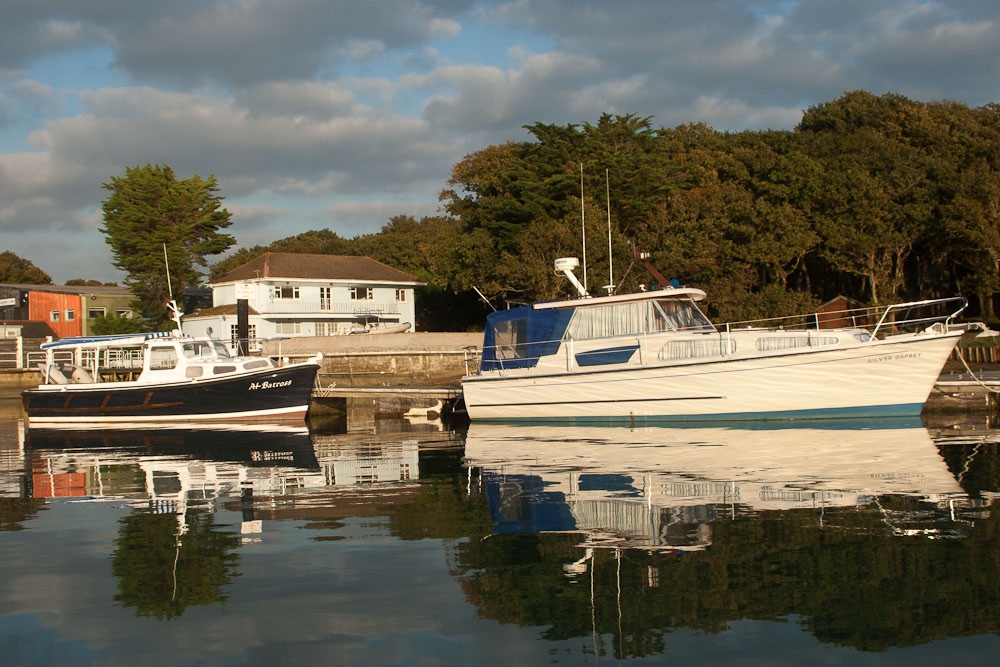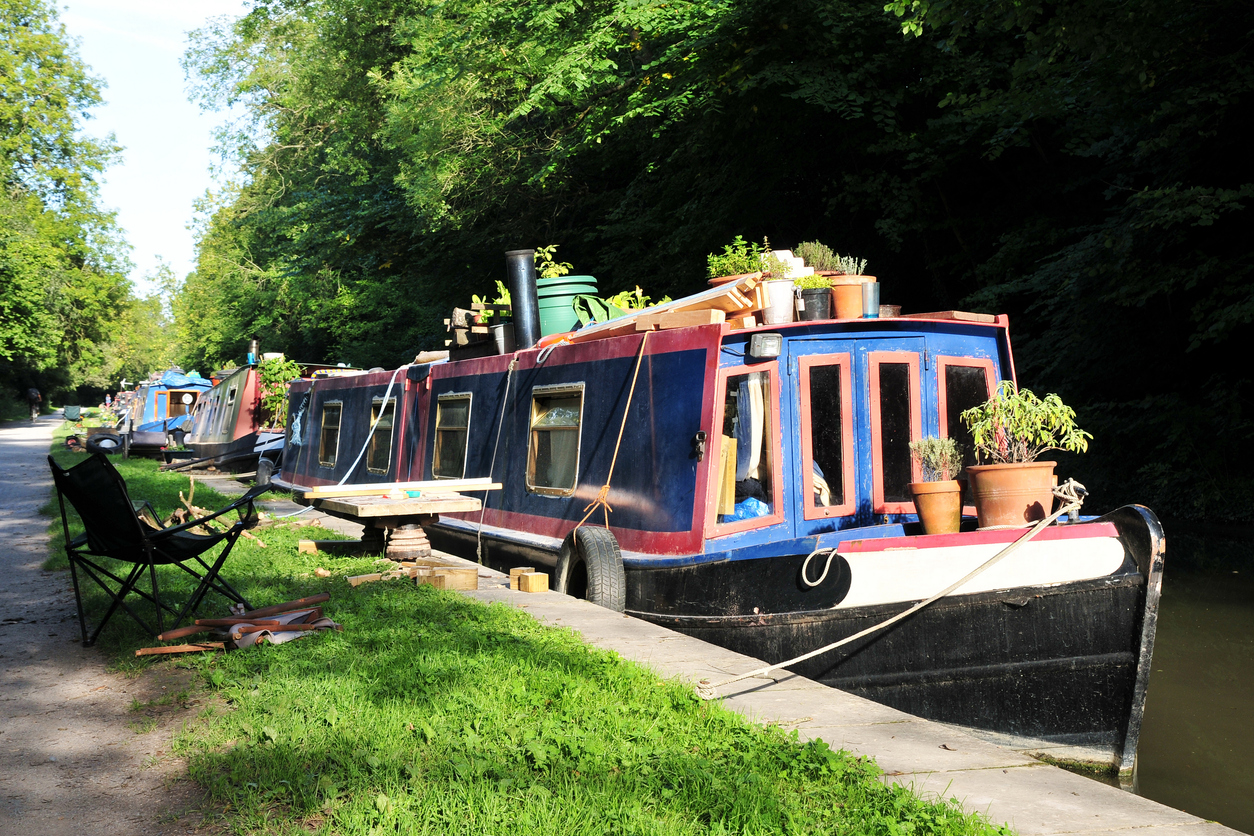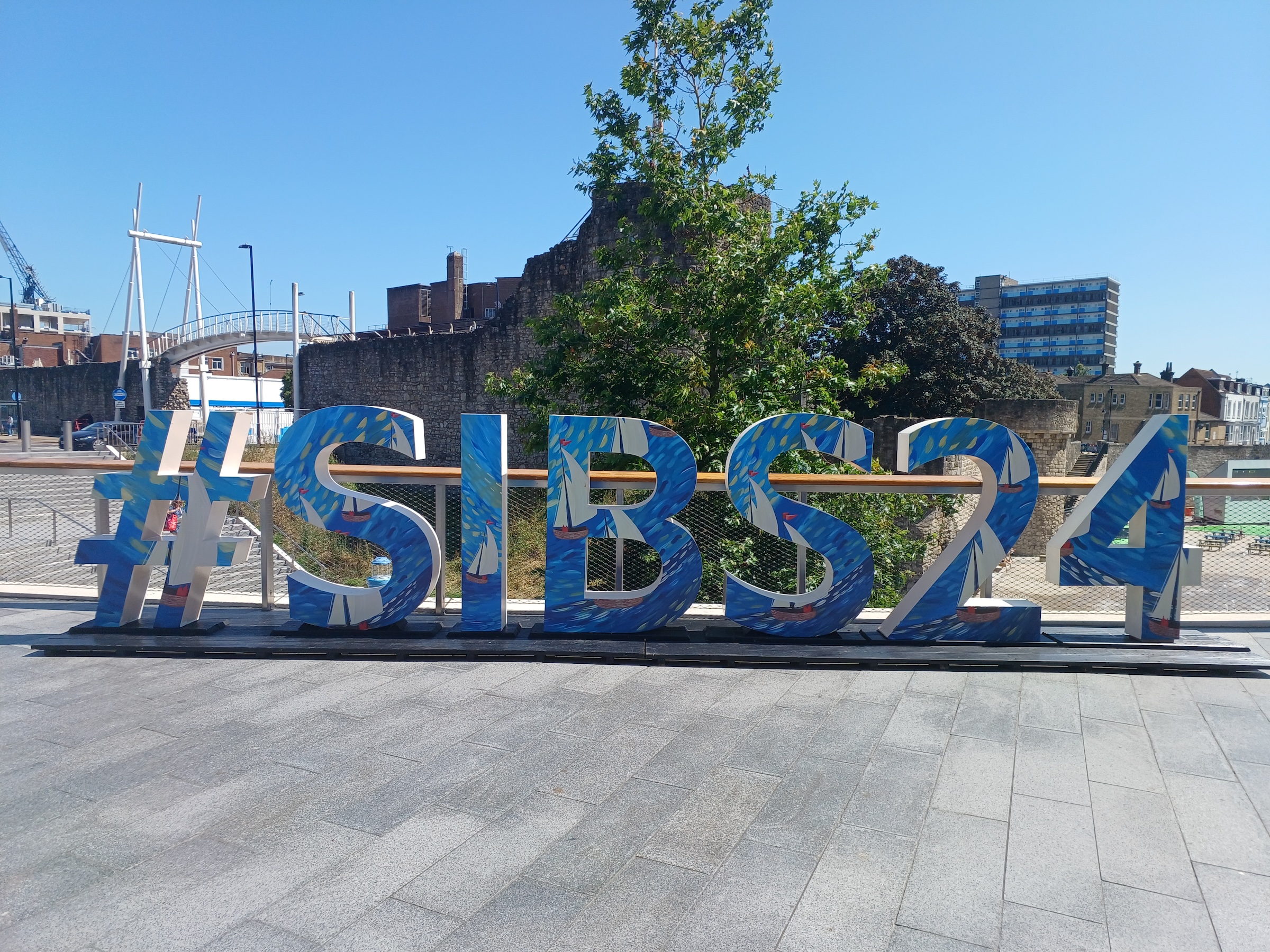Responsible boat owners will be well aware that a degree of maintenance is essential before launching a boat back on the water for the coming season. Here is a technical check-list to remind motor boat owners what needs attention at this time of year.
As your boat comes out of storage with the arrival of spring, you need to first check it over for any damage that may make it unsafe to use.
Equipment on board should also be carefully inspected and tested. Here is a simplified check list of what to do before venturing into the new boating season.
SEACOCKS
Check all seacock valves open and close properly and check for any signs of corrosion.
HOSE, CABLES & DRIVE BELTS
Raw water and domestic water systems will have been drained during winterisation, but check that hoses have no signs of cracking or deterioration from freezing over winter.
Check control and steering cable movement and make sure all cable connections are secure. Make sure belts are tightened where needed and have no signs of cracking or fatigue.
HOSE CLIPS & CLAMPS
Clips should be checked for signs of corrosion and that they are tight and still holding as they should.
ELECTRICS
Check terminals are clean and not corroded to ensure safe connections. All electrics should ideally be tested - for items you are not sure about, consult a marine electrician.
COOLANT
Check coolant water levels and antifreeze, both important the healthy running of your engine. Also check hydraulic steering fluid.
ENGINE OIL
It is recommended that you perform an oil change regularly - including at the start of the season. Check the engine oil level using the dipstick and top up if needed. Also, it's encouraged to change the oil filter and check the oil in the outdrive. Look for any signs of discolouration.
HULL CLEANING
Clean the hull, deck and topsides in order to check for cracks or other damage for obvious reasons. Also, hull cleaning increases fuel efficiency by up to 30% so not a bad idea anyway! Make sure all of the drain plug is in!
ANODES/PROPS
Check anodes, propellers and hull mounted objects for cracks/distortion. Check shaft bearings and replace where necessary.
BATTERY
Check your battery has not drained of its charge. You may require a charge before setting off.
SAFETY FIRST
Check all safety gear including life jackets, kill cord, safety equipment, fire extinguishers and the such-like. Make sure your first aid kit is fully stocked with basic supplies such as painkillers, plasters and seasickness tablets (check the expiry dates too!).
GAS
Check gas fittings as well as you can, for any gas related maintenance always consult a qualified gas engineer. Check your gas alarms are working.
FUEL
Check fuel filter elements and replace if necessary.Worth checking if you need to use any biocide where water ingress into the tank may have occurred during winter. Also check fuel line is attached and not cracked.During your first trip, carry out regular checks on filters for any signs of water.
HOW TO CHECK YOUR BOAT'S ENGINE
Before you set off on the season’s first journey, run the engine up to full working temperature. Make sure the boat is tied securely, (select a suitable location which will take the load), engage forward and increase the RPM. Do the same in reverse, then carry out a visual inspection for any leaks and other problems that could put an end to your first trip. If you hear a noise, try and replicate it in order to resolve the problem. It is always worth checking all on-board systems work correctly before casting off.
Other things that should not be ignored:
SPARK PLUGS - Check and replace if necessary
ENGINE - Lubricate the engine with lubricating oil
PUMPS - Run and test all pumps
RUDDER - Check the rudder for condition and alignment
HORN - Test the horn to ensure it still works
RADIO - Test VHF radio to ensure in an emergency you have a way of calling for help
TRIMTABS - Check the movement
ANCHOR - Make sure the anchor is on board!
BLOWERS - Run up and check flows
LIGHTING - Make sure all lights work (interior & exterior)
ON-BOARD SPARES - Check your kits are complete. This list is a guideline, not exhaustive. Each boat varies - for complete instructions always refer to your boat owner’s manual or consult an Engineer for work which requires additional experience.


